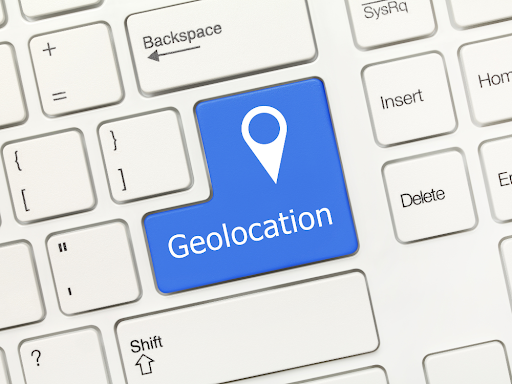Exploring GeoLocation APIs: A Comprehensive Guide
 Ramesh Chauhan
Ramesh Chauhan
In the digital age, harnessing the power of geolocation has become integral for numerous applications across various industries. Whether it's enhancing user experience on mobile apps, optimizing logistics, or conducting location-based marketing campaigns, access to accurate geolocation data is indispensable. This article delves into the world of API to get GeoLocation, providing insights into their functionalities, implementation, and notable examples.
Understanding GeoLocation APIs
GeoLocation APIs serve as intermediaries between applications and geospatial data sources, facilitating the retrieval of location-based information. These APIs enable developers to incorporate features such as mapping, geocoding, reverse geocoding, and routing into their applications seamlessly.
Features and Functionality
Geocoding: GeoLocation APIs convert addresses into geographic coordinates (latitude and longitude) and vice versa. This feature is invaluable for services requiring precise location information, such as navigation apps and real estate platforms.
Reverse Geocoding: This functionality translates coordinates into human-readable addresses. It's useful for displaying location information to users or for identifying nearby points of interest.
Mapping: Many GeoLocation APIs offer interactive mapping capabilities, allowing developers to embed maps directly into their applications. These maps can be customized with markers, overlays, and various layers to provide rich visualizations.
Routing: Some APIs provide routing services, enabling users to calculate optimal routes between multiple locations. This feature is indispensable for logistics, ride-sharing apps, and delivery services.
Implementation
Integrating GeoLocation APIs into an application typically involves the following steps:
Selecting an API Provider: Numerous providers offer GeoLocation APIs, each with its unique features, pricing models, and data quality. Popular options include Google Maps Platform, Mapbox, Here Technologies, and OpenStreetMap.
Obtaining API Keys: To access a GeoLocation API, developers must register for an API key provided by the service provider. This key is used to authenticate requests and track usage, ensuring compliance with usage limits and billing requirements.
API Integration: Once the API key is obtained, developers can integrate the API into their applications using SDKs (Software Development Kits) or RESTful API endpoints. Detailed documentation and code samples provided by the API provider streamline the integration process.
Handling Responses: Upon making a request to the GeoLocation API, developers receive responses containing relevant location data. Proper error handling and data parsing are essential to handle various scenarios gracefully.
Notable Examples
Google Maps Platform: Widely used for its comprehensive mapping features, Google Maps Platform offers a suite of APIs including Geocoding, Maps JavaScript API, Directions API, and Places API.
Mapbox: Known for its customizable maps and developer-friendly tools, Mapbox provides APIs for mapping, geocoding, and navigation, catering to a diverse range of use cases.
Here Technologies: With a focus on location intelligence and advanced routing capabilities, Here Technologies offers APIs for mapping, geocoding, routing, and traffic data.
OpenStreetMap: As a collaborative mapping project, OpenStreetMap provides open-source geospatial data and APIs, allowing developers to access and contribute to a global map database.
Conclusion
GeoLocation API empower developers to create location-aware applications that enhance user experience and drive innovation across industries. By leveraging the features and functionality offered by these APIs, businesses can unlock new opportunities for growth, efficiency, and customer engagement. Whether you're building a mobile app, optimizing logistics, or analyzing spatial data, incorporating GeoLocation APIs into your development toolkit can be a game-changer. Explore the possibilities and elevate your applications with the power of geospatial technology.
Subscribe to my newsletter
Read articles from Ramesh Chauhan directly inside your inbox. Subscribe to the newsletter, and don't miss out.
Written by

Ramesh Chauhan
Ramesh Chauhan
I’m an SEO specialist with a passion for helping businesses grow their online presence through smart, data-driven strategies. I focus on optimising websites to improve search rankings, drive organic traffic, and increase conversions. With experience in keyword research, on-page and technical SEO, and content optimisation, I ensure that websites are not just search engine-friendly but also user-friendly. I stay updated with algorithm changes and industry trends to implement effective SEO tactics that deliver long-term results. Whether it's improving site structure, fixing technical issues, or crafting SEO-friendly content, I believe in transparency and delivering real value.